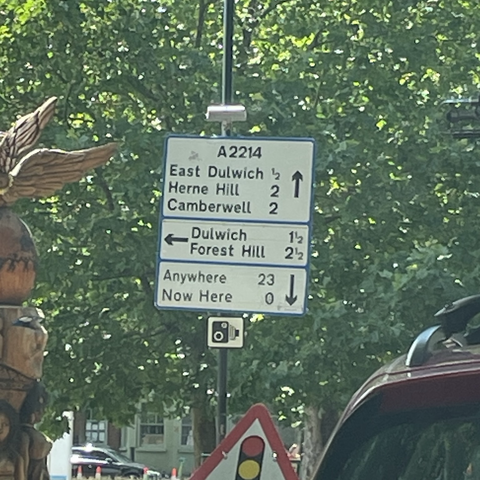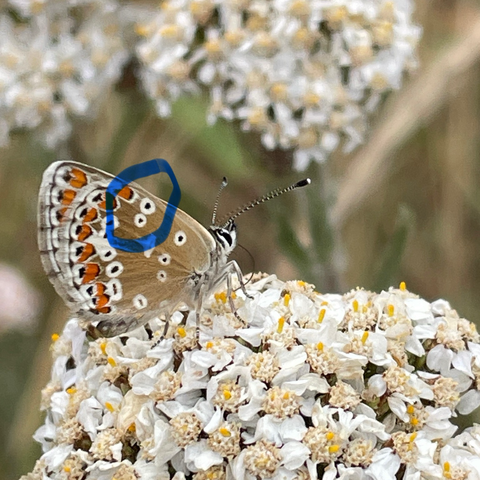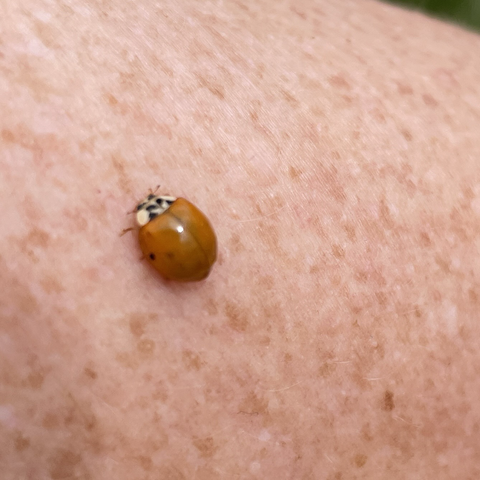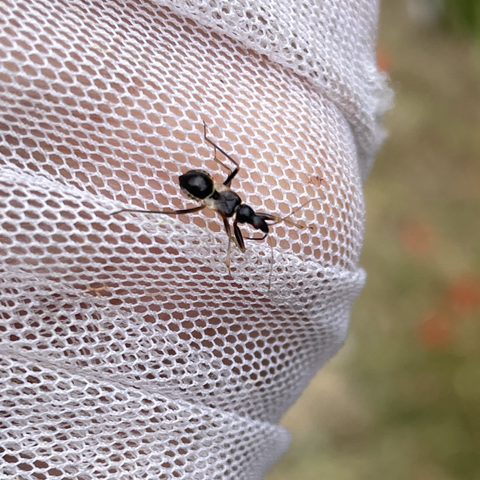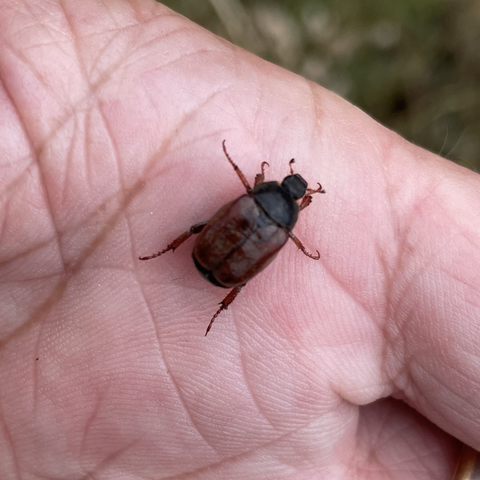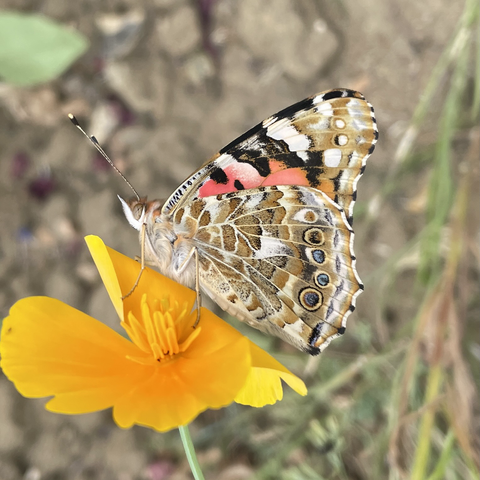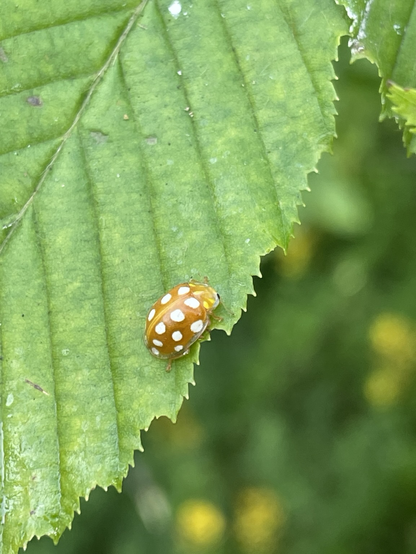Things forgotten for a long time until today. Long branch attraction. When phylogenic analysis wrongly favours fast evolutionary descent as reflecting close relatedness.
Richard Jones
@bugmanjones@techhub.social
- 647 Followers
- 106 Following
- 397 Posts
I’m very good at finding insects, in fact I’m a professional. Books on wasps, ants, beetles, dung, limericks, shieldbugs. Not so much a bird watcher, more of a word botcher. Shout: “Weird bug” to get my attention.
https://bugmanjones.com/
Word of the day — meiofauna: animals 0.1-1.0mm. I occasionally visit this microscopic realm; to look at some of the smallest beetles in the family Ptiliidae. And a challenge: is this the shortest word in the English language to contain all five vowels?
The view from my office today claims I have arrived.
The only chafer that’s is at all Welsh is Amphimallon falleni @ubi I’m sticking to scientific names.
Always photograph a common blue. Just to make sure it isn’t a brown Argus. Or in this case to confirm that it is a brown Argus. These two underside spots vertical. As usual I had to look that up.
Me being bitten by a ladybird. Last time it happened was during the Brighton ‘ladybird plague’ of 1976. When they land from flight a ladybird can taste whether a plant is being attacked somewhere by aphids by detecting the response chemicals, kairomones, in the plant sap.
This damsel bug nymph is an excellent ant mimic and well worthy of the name Himacerus mirmicoides. Does stand out a bit though, as there are no Formica wood ants at the Tower of London today.
Hoplia philanthus. I can’t bring myself to call it a Welsh chafer until someone can explain how it came by the name.
How many legs does a butterfly have? Four. Plus two invisible feathery antennal brushes. If you’re a painted lady.
Halyzia sedecimguttata, the orange ladybird, used to be considered quite a local British species, feeding on mildew on beech leaves in old woods. Now regarded as common and widespread. I wonder what changed?


